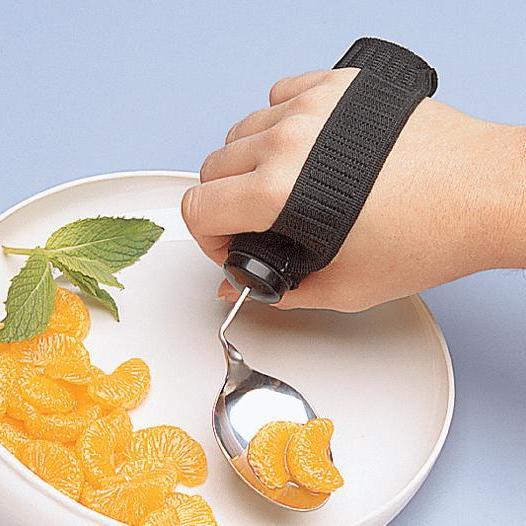
Assistive Devices (ADL) North Coast Medical
Assistive eating devices Child using a drinking straw Assistive eating devices include devices ranging from low-tech utensils to high-tech powered robotic eating equipment. Low tech eating devices include utensils, plates and bowls with lips that make scooping food easier.
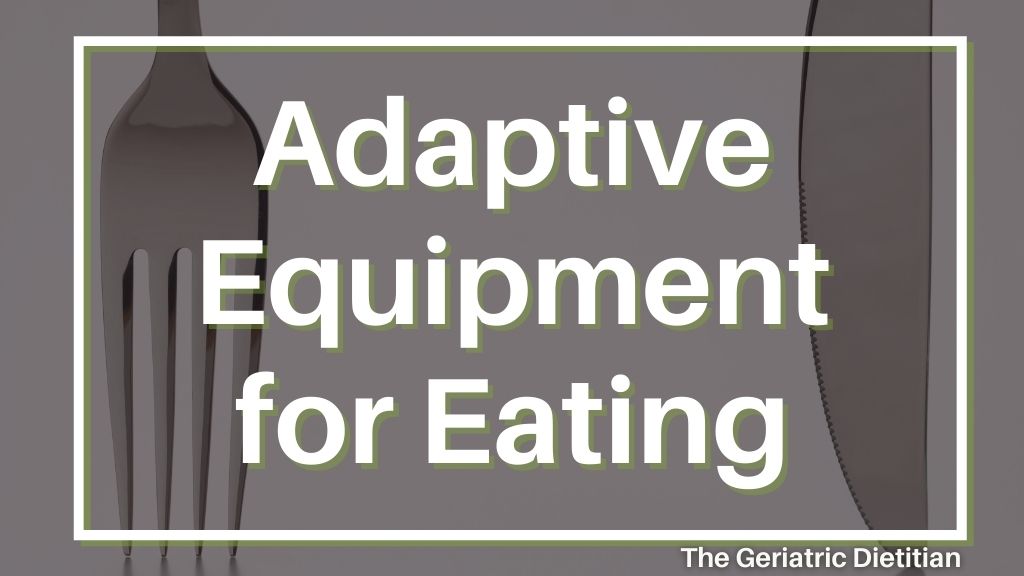
Adaptive Equipment for Eating What, When, Why The Geriatric Dietitian
Adaptive feeding equipment are modified utensils, accessories, glasses, and plates that make it easier for children and adults of all ages with different types of disabilities to eat independently and safely. Some examples of modifications include wider handles, straps, holders, non-slip fabrics, wider rims, weighted utensils, and more.

64 best Adaptive Eating images on Pinterest Geriatric occupational therapy, Occupational
Key Takeaways: Adaptive equipment for eating enables individuals with disabilities or limitations to dine independently. Occupational therapy plays a crucial role in supporting functional eating skills. Various adaptive utensils and dinnerware options enhance grip and control during mealtime. Adaptive cups facilitate independent drinking.

Self feeding with EazyHold hand assitive device
Adaptive dinnerware includes adjusting handles on eating utensils, adding width to the utensil handle, adding weight or length, and addressing the ability to hold a fork and spoon, or knife. Other adaptive feeding needs cover difficulty bringing food to the mouth or the ability to remove food from the utensil as a result of oral motor issues.
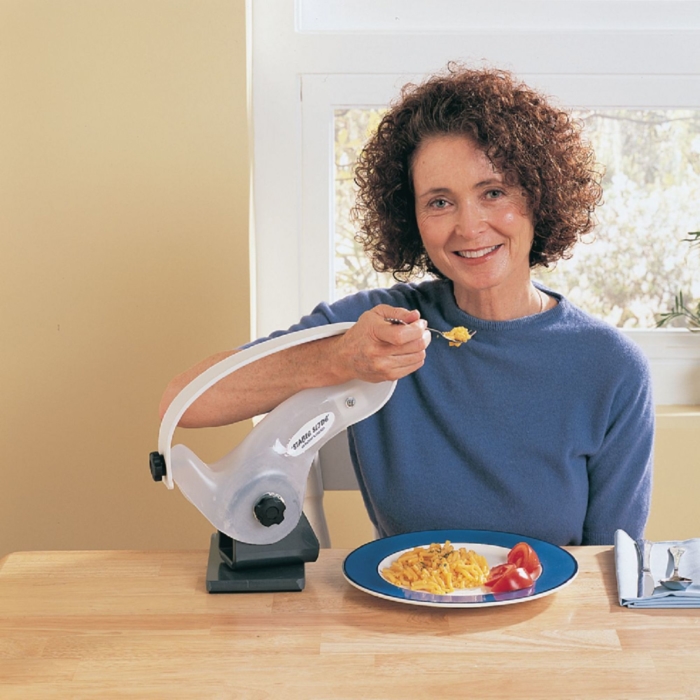
4 Products for Eating Independently Assistive Technology at Easter Seals Crossroads
Adaptive devices for people with disabilities are designed to help you live a fuller, more enriching life in your own home and community.. Eating aids (adaptive utensils, non-skid bowls, long straws, straw holders, plate guards, etc.) Hygiene aids (toothpaste and soap dispensers, bath mitts, long-handled sponges, etc.)

Medical Assisted, Adaptive Eating Utensils Ergonomic, Weighted 4Piece Silverware Set for The
The goal of adaptive eating aids is to move an appropriate amount of food from a lower height (plate) to a higher level (mouth). Chewing and swallowing are beyond the scope of this discussion. If an individual is experiencing difficulty chewing or swallowing this is known as dysphagia and an MD and or a Speech Therapist should be consulted.

Pin on Dementia
Assistive eating devices offer support and assistance in regaining the ability to eat independently (again). Developed to aid people with a muscular disease, a neurological disease or a spinal cord injury, they can either support the user's movements or perform it for them. All of our eating and feeding devices come with a specialy designed.

Adaptive Equipment For Eating Rocker Knife Weighted Utensils Swivel Spoon Adaptive Utensils
Weighted Adaptive Eating Equipment is made from high-quality stainless steel and attached to a built-up, dark gray vinyl handle with finger indentations for extra comfort and grip. Weighted Adaptive Utensils offers better control, and the utensil reaches the mouth without any food spillage. The additional weight of these utensils provides.

Adaptive Eating Utensils Eat Independently Again
Adaptive Equipment for Eating refers to specialized tools and devices designed to assist individuals with physical disabilities or impairments in eating and drinking independently. These dining and drinking aids are designed for people who have difficulty holding everyday cutlery, cups, and plates due to limited dexterity or age-related conditions.

Adaptive Feeding Equipment (002) Northwest Hospital Foundation
Assistive eating devices include specially designed knives, forks, spoons and other equipment that has been adapted to make preparing and eating food safer and easier for people with long-term or short-term physical disabilities.. Designed for clinicians to assess and provide the best adaptive eating tools for pediatric clients; Includes a.

HEALTH FROM TRUSTED SOURCES Rheumatoid Arthritis
Adaptive Eating Utensils, Weighted Silverware, Swivel Spoon, Special Needs Utensils 29 Products On Sale Below Adaptive Eating Utensils are designed to assist individuals who experience difficulty feeding themselves with a standard cutlery.
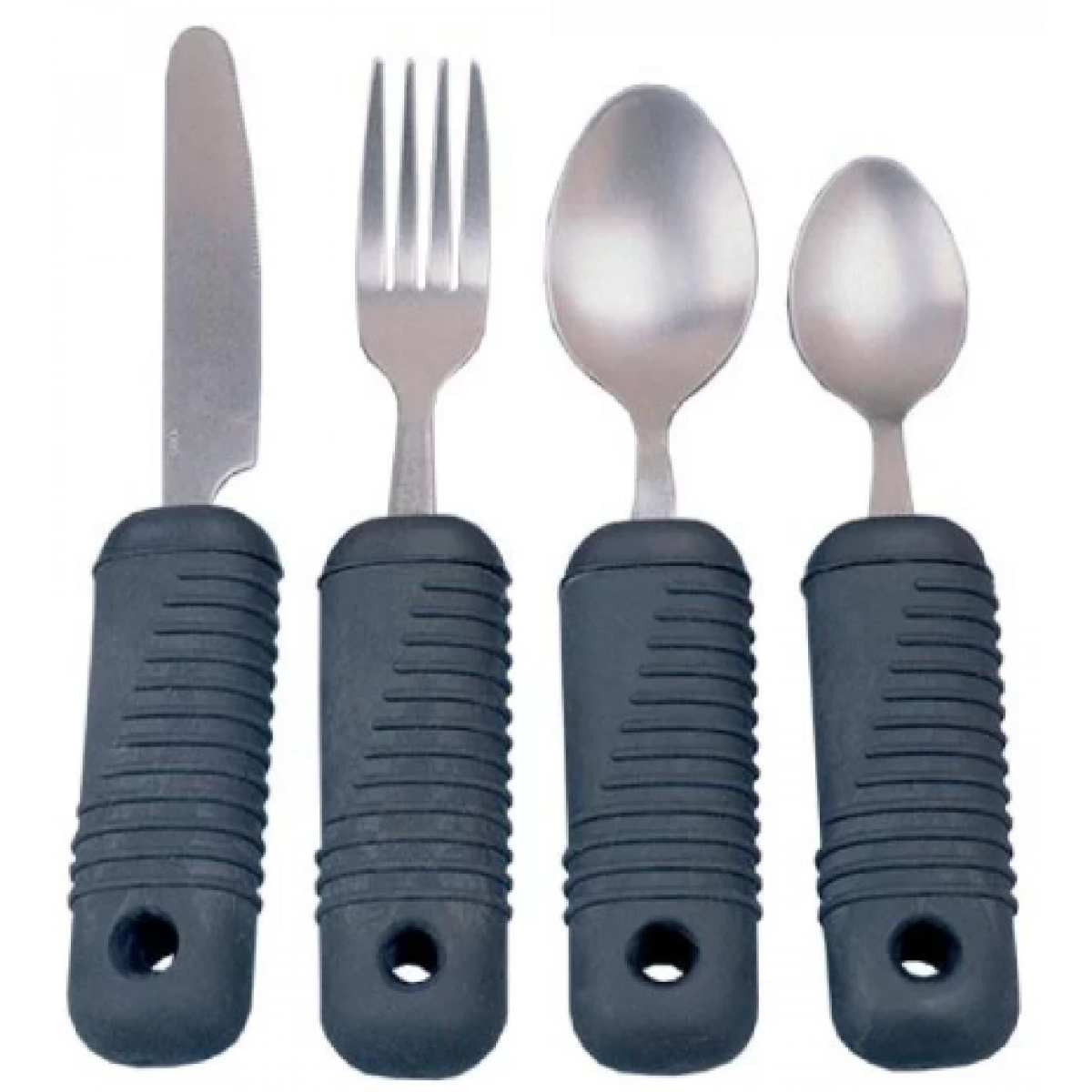
The Best Adaptive Utensils & Aids for Parkinson’s Disease Performance Health
Adaptive Equipment for Eating. Adaptive eating devices have become essential items for independent living, especially for seniors. This category of assistance aids is designed to make the entire process of eating meals of all kinds much simpler. For instance, main idea behind adaptive utensils is to reduce or eliminate the need to put undue.

Adaptive Eating Utensils Senior Safety Devices
Huge Selection Of Adaptive Dining/Drinking Utilities For Your Needs. Checkout! Enhances Well Being & Dignity of Users | Uniquely Designed | Offer Great Selection Of Item
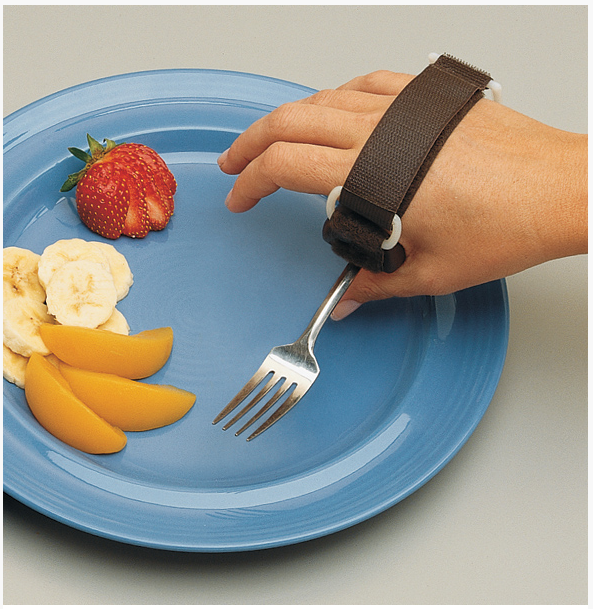
Adaptive Eating Utensils Eat Independently Again
Adaptive feeding devices are valuable tools that can often be overlooked or undervalued as a key component of a feeding plan for individuals with feeding disabilities. A whole world of specialized mugs, plates, utensils, and more exist as specialized "tools" to assist individuals with their feeding independence. Non-skid /Non-slip Mats
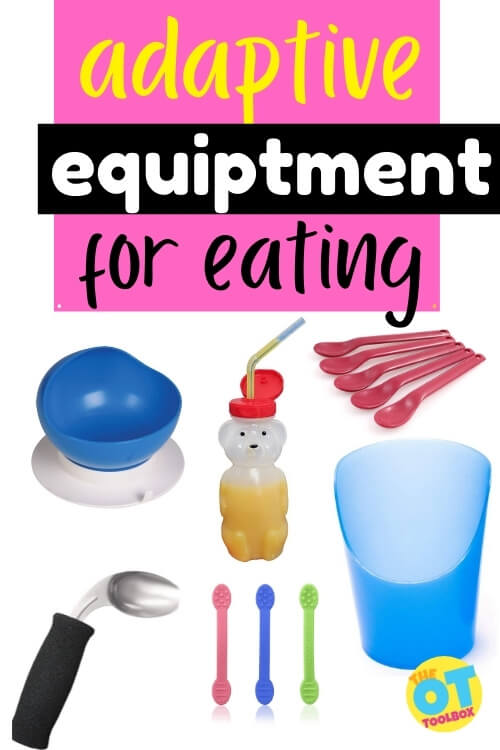
Adaptive Equipment For Eating The OT Toolbox
Obi is a revolutionary adaptive eating device for individuals with upper extremity strength and mobility limitations. Through the use of customizable accessibility switches, Obi allows the user to control what they eat and when! How it works

Adaptive Eating Utensil Liftware Level Review (Eat EASIER) Intensive Therapy for Kids
Assistive equipment and adaptive devices for people with amyotrophic lateral sclerosis (ALS) can help make life more manageable and comfortable. ALS is a progressive motor neuron disease that affects a person's ability to control their muscle movements and leads to speaking, swallowing, mobility, and breathing issues.